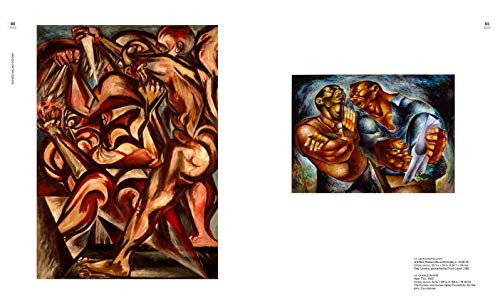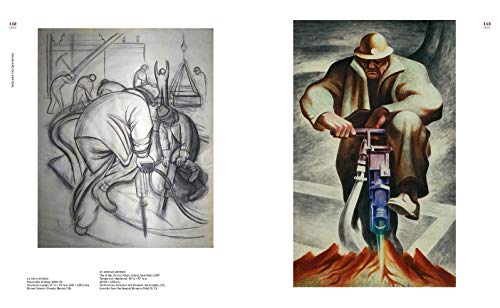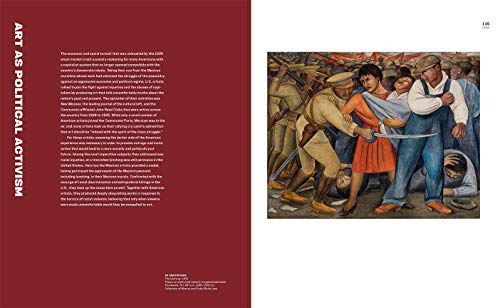Deliver to Ukraine
IFor best experience Get the App





Full description not available
W**R
Best book on the subject of Mexican Art of th 30's. Best publication in quality as a book. WoW.
This is the best book on the art of the Mexican revolutionary art. If you are into the subject this is a must buy. And was I surprised at the inclusion of Jackson Pollock"s early work.
A**R
Creative and insightful
Extremely insightful and stimulating.
E**S
good
all good.
N**H
An important contribution
I saw the show early this year (at the Whitney Museum) and read the catalog months later. It appears it was initially scheduled to also appear at the McNay Museum in San Antonio (which would have been a huge boon for that institution) but that showing seems to have been canceled due to COVID-19. At the Whitney, the show was packed with visitors making it hard to understand its organization and view artworks up close. Nonetheless, the works exhibited and collected in this catalog are an exciting group.The catalog is comprised of an essay by its leading curator, Barbara Haskell, followed by six sections of plates, and then ten shorter essays by additional scholars. I have read the introductory essay, as well as some of the shorter contributions, which focus on niche themes. The text is insightfully written; one of the few errors I observed was that the central figure of Pan-American Unity was Quetzalcoatl. In fact, it is clearly a hybrid-Coatlicue, although Rivera confuses this in his own writings where he describes the figure as a Quetzalcoatl-like figure for Pan-American civilization.My chief issue with the catalog (and with the exhibition) is the suggestion of influence from Mexican artists to American artists as one way: the "influence would prove decisive for American artists searching for alternatives to European modernism" (14). In my view, a more interesting exhibition would have cast the border as "fluid" with influences traversing from both sides (although the Mexican muralists were no doubt the stronger forces). My second concern is with the period concerned (1925-1945). I think the ideology of the show was to suggest that Mexican modern art was foundationally influential on American modernism. This may be true to an extent, but modernism vastly changed immediately following the period concerned, and many of these early twentieth century American artists are not the most well-known. In any case, these illustrated works were fascinating to discover (particularly the circular Guston) but I searched for a guiding thread from Mexican muralism to American Ab-ex, beyond the assertion that the murals Pollock encountered encouraged the scale of his drip paintings.Overall excellent reproductions, including many of the mural series painted in the United States.
L**A
Socialist art in America
Lovely texts about the period of social thought in Roosevelt America. Unfortunately, Rivera was too much red for the “Empire”.
E**X
ESTUPENDA EXPOSICIÓN. ESTUPENDO CATÁLOGO.
REAFIRMA LA IMPORTANCIA MUNDIAL DE LOS TRES GRANDES MURALISTAS MEXICANOS.
Trustpilot
5 days ago
4 days ago